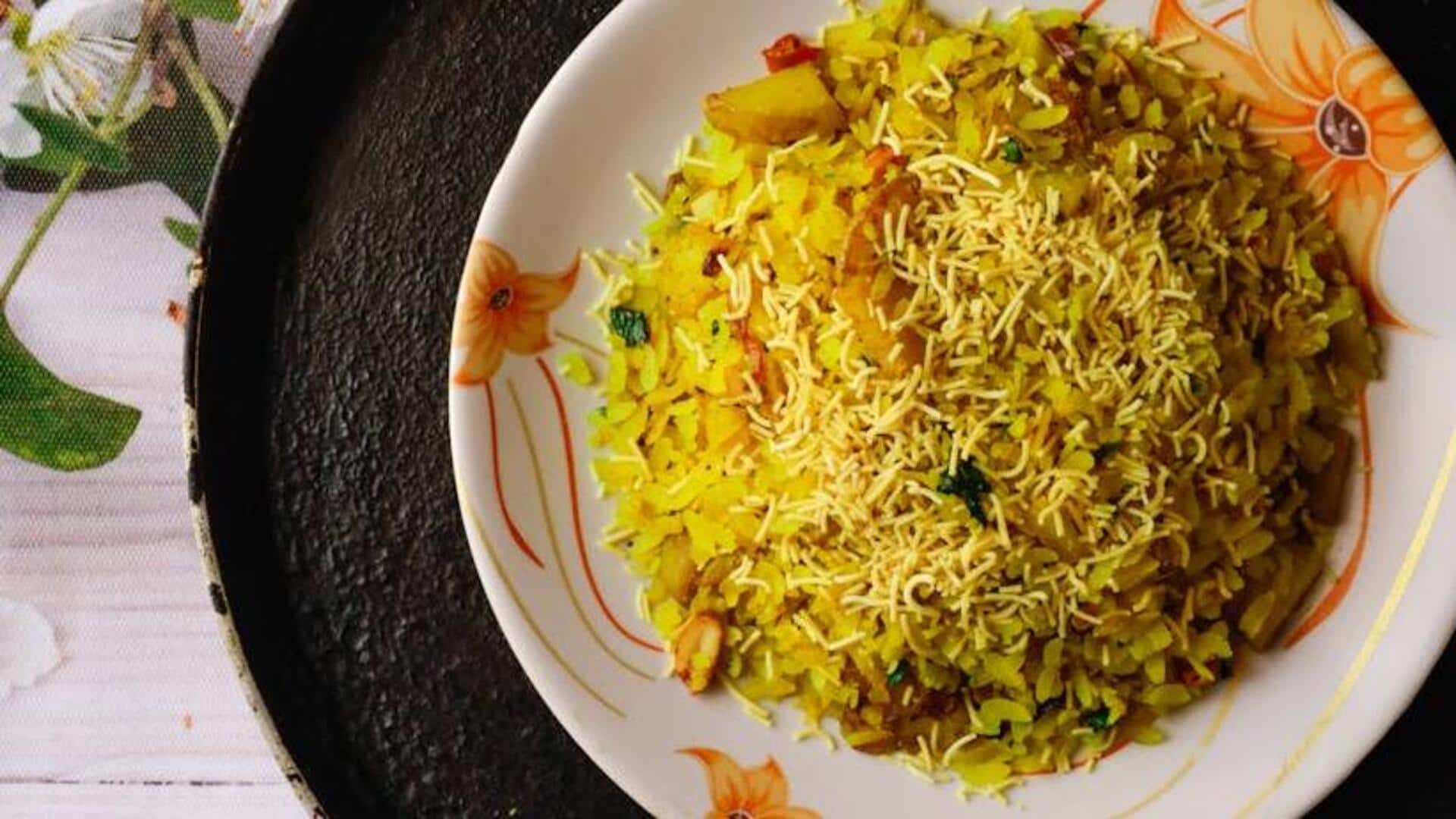
Evolution of poha: History, regional variations, and more
What's the story
The beloved Indian breakfast, poha, boasts a rich history spanning centuries in the Indian subcontinent. Crafted from flattened rice, it is cherished for its easy digestibility and versatility in preparation. This article explores poha's evolution from a humble dish to a cherished staple in Indian households, demonstrating its adaptability and timeless charm.
Origins
A staple in ancient India
Poha, or as it was called in ancient India, chivda, was not only a food item, but also a source of strength for farmers and workers who needed a quick energy boost to get through their long and arduous days. Its ease of preparation and storage made it a perfect choice for travelers and those with limited cooking facilities. It was a lifeline, not just a convenience.
Diversity
Regional variations across India
As poha journeyed through India, it absorbed the tastes and ingredients of each region. In Maharashtra, it is typically garnished with a generous helping of sev and fresh coriander, while in Karnataka, tamarind juice imparts a unique tangy flavor to the dish. This versatility has resulted in countless regional adaptations of poha, each with its unique flavor profile and preparation method.
Evolution
Poha in modern culinary practices
Over the past few years, poha has shed its humble image as a conventional breakfast dish and emerged as a versatile ingredient in modern culinary creations. Chefs are pushing the boundaries of poha beyond the morning meal, incorporating it into salads, burgers, and even desserts. This transformation highlights the adaptability of poha, proving it can effortlessly merge with different culinary cultures without losing its essence.
Wellness
Nutritional value and health benefits
Poha, packed with carbohydrates, iron, fiber, and antioxidants, delivers more than just its familiar comfort. Its lightness ensures easy digestion at any time of day, making it the perfect choice for those seeking a nutritious meal without the heaviness. This balance of essential nutrients offers sustained energy, promoting a healthy lifestyle without the burden of excess calories.
Mastery
Tips for perfect poha preparation
Getting the right texture in poha is key. You don't want it too dry or too soggy. A quick rinse of the flattened rice under running water before cooking helps keep each grain separate. And, those veggies (think peas or carrots) do more than add nutrition - they bring a burst of flavor that takes this dish from good to great!